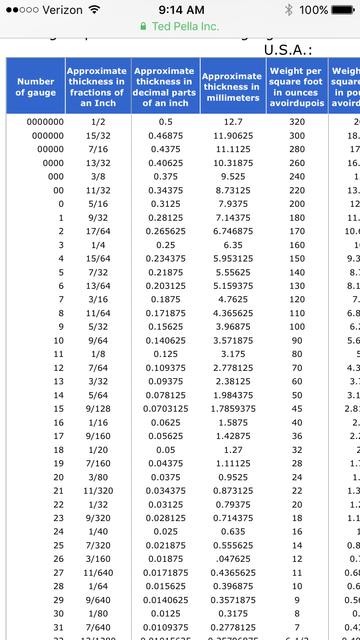Repairing your car frame often involves welding in new metal sections to replace rusted or damaged areas. A crucial question for any DIY car restorer or professional is: what gauge metal to repair car frame? Choosing the correct gauge is vital for ensuring the structural integrity and longevity of your repair. Using metal that is too thin can compromise safety, while overly thick metal can be difficult to work with and may be unnecessary.
This guide, drawing upon expert community knowledge, will help you understand the right gauge of metal for effective car frame repairs, ensuring your vehicle is safe and sound for years to come.
Understanding Steel Gauge for Auto Body Repair
Steel gauge is a measurement of metal thickness, and it’s important to understand how the gauge system works. Confusingly, the higher the gauge number, the thinner the steel. For automotive body panels and frame repair, you’ll typically be working with steel gauges ranging from 14 to 20.
- Lower Gauge (Thicker Steel): Steel with gauges like 14 or 16 is thicker and stronger. This is often used for structural components like inner rockers or areas requiring significant reinforcement.
- Higher Gauge (Thinner Steel): Gauges such as 18 and 20 represent thinner steel, commonly used for non-structural body panels like fenders, doorskins, and floor pans.
For most car body repairs, including frame sections and unibody components, 18-gauge steel is frequently recommended as a good starting point. This thickness provides a balance of strength and workability, making it suitable for welding and shaping to match the original contours of your car frame.
Choosing the Right Gauge for Your Car Frame Repair
While 18-gauge steel is a versatile choice, the ideal gauge can depend on the specific area you are repairing and the original manufacturer’s specifications. Here’s a breakdown to guide your selection:
-
Match the Original Gauge: Whenever possible, the best practice is to determine the original gauge of the metal you are replacing and use the same gauge for your repair. This ensures consistent strength and structural integrity. You can often measure the thickness of the existing metal using calipers or a micrometer in an undamaged area adjacent to the repair.
-
For Unibody and Frame Sections: For structural parts of the unibody or frame, 18-gauge steel is generally appropriate. It provides sufficient strength for most repairs while still being manageable for welding and forming. In some cases, for heavily stressed areas like inner rockers, you might consider slightly thicker 16 or even 14-gauge steel for added reinforcement.
-
For Non-Structural Panels: If you are repairing non-structural panels like fenders or outer body panels that don’t contribute significantly to the frame’s strength, 20-gauge steel can be suitable. It is thinner and easier to shape for complex curves, but remember it’s less robust than 18-gauge.
-
When in Doubt, Measure: As advised by experienced mechanics, always measure the original metal thickness if you are unsure. This eliminates guesswork and ensures you are using the correct gauge for a safe and lasting repair.
Key Takeaways for Gauge Selection
- 18-gauge steel is a widely accepted and versatile choice for general car frame and unibody repairs.
- 20-gauge steel can be used for thinner, non-structural body panels.
- 14-16 gauge steel may be necessary for heavily stressed structural areas like inner rockers.
- Always aim to match the original gauge of the metal being replaced for optimal repair integrity.
- Measure the existing metal with calipers to confirm the correct gauge before purchasing your repair steel.
Choosing the right gauge metal is a critical step in car frame repair. By understanding steel gauges and considering the specific area of your repair, you can ensure a strong, safe, and durable restoration. Remember to prioritize safety and consult with experienced professionals if you are unsure about any aspect of your car frame repair project.

